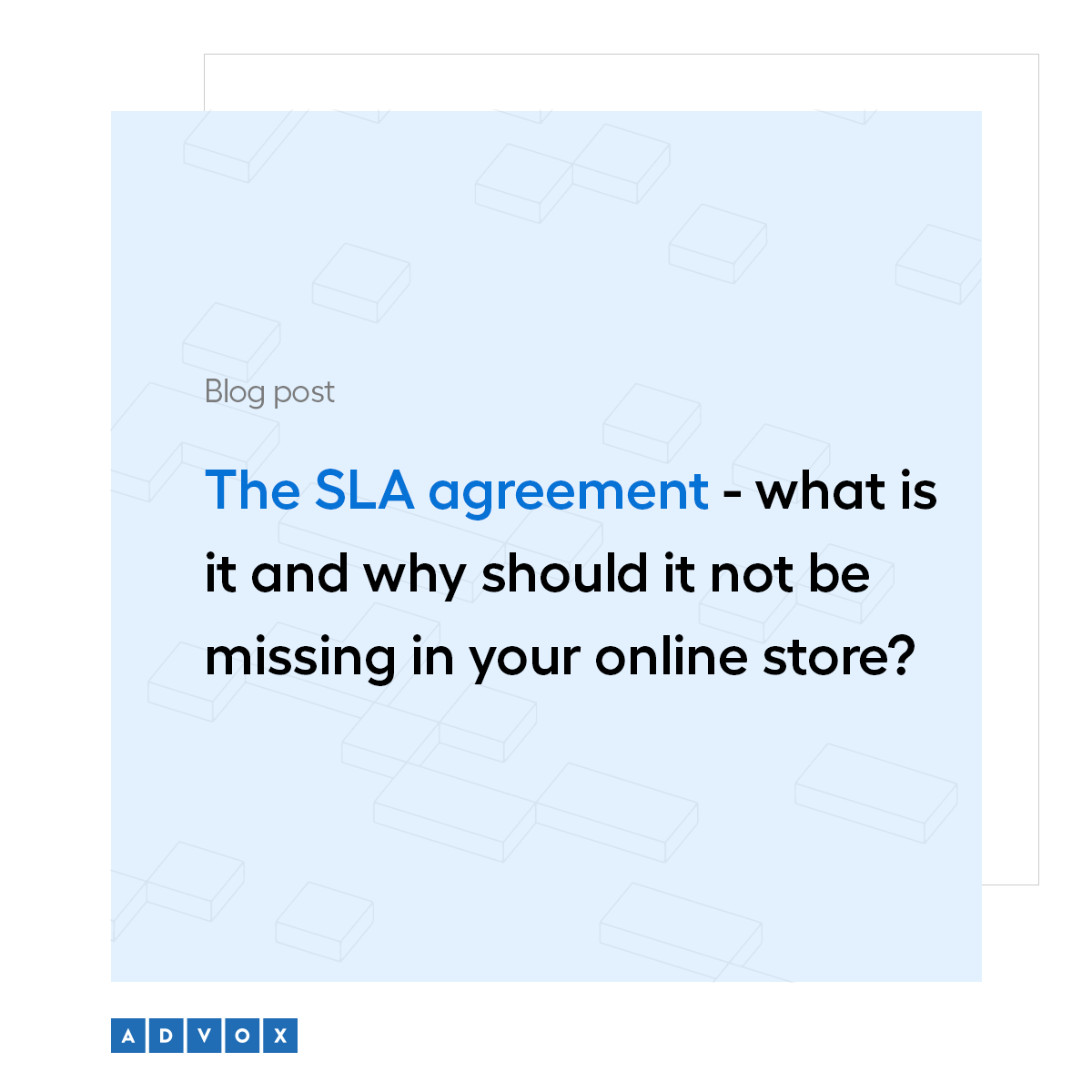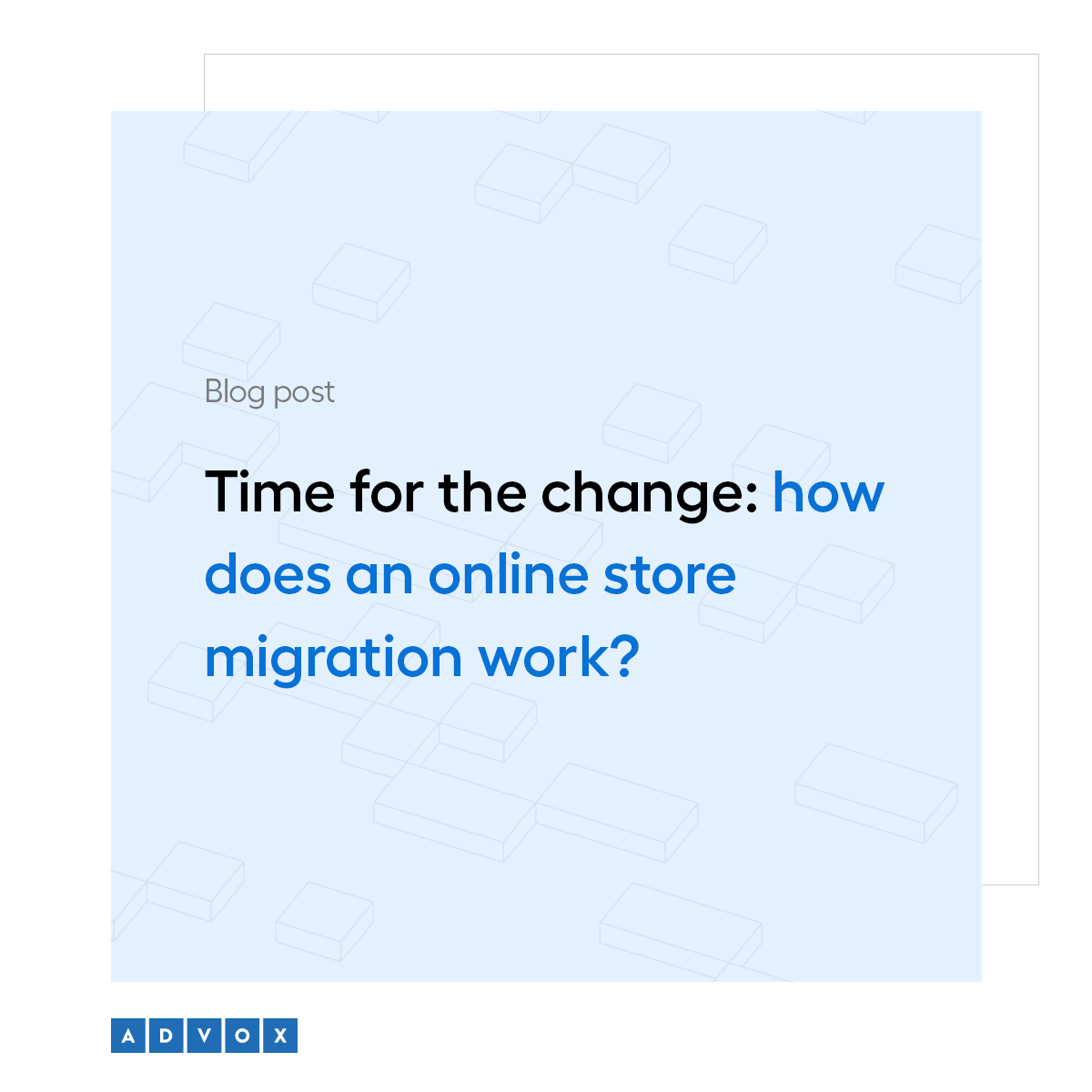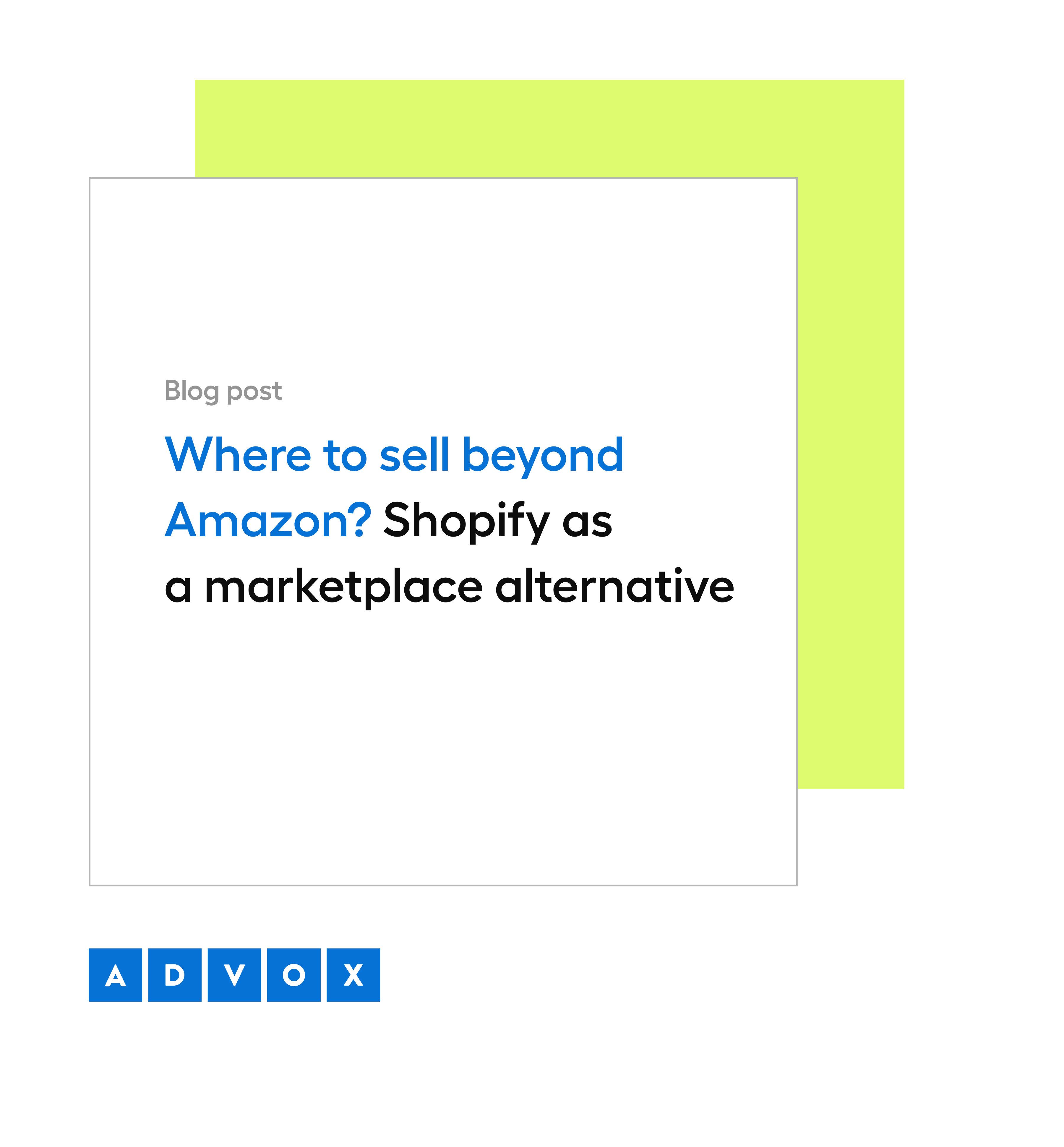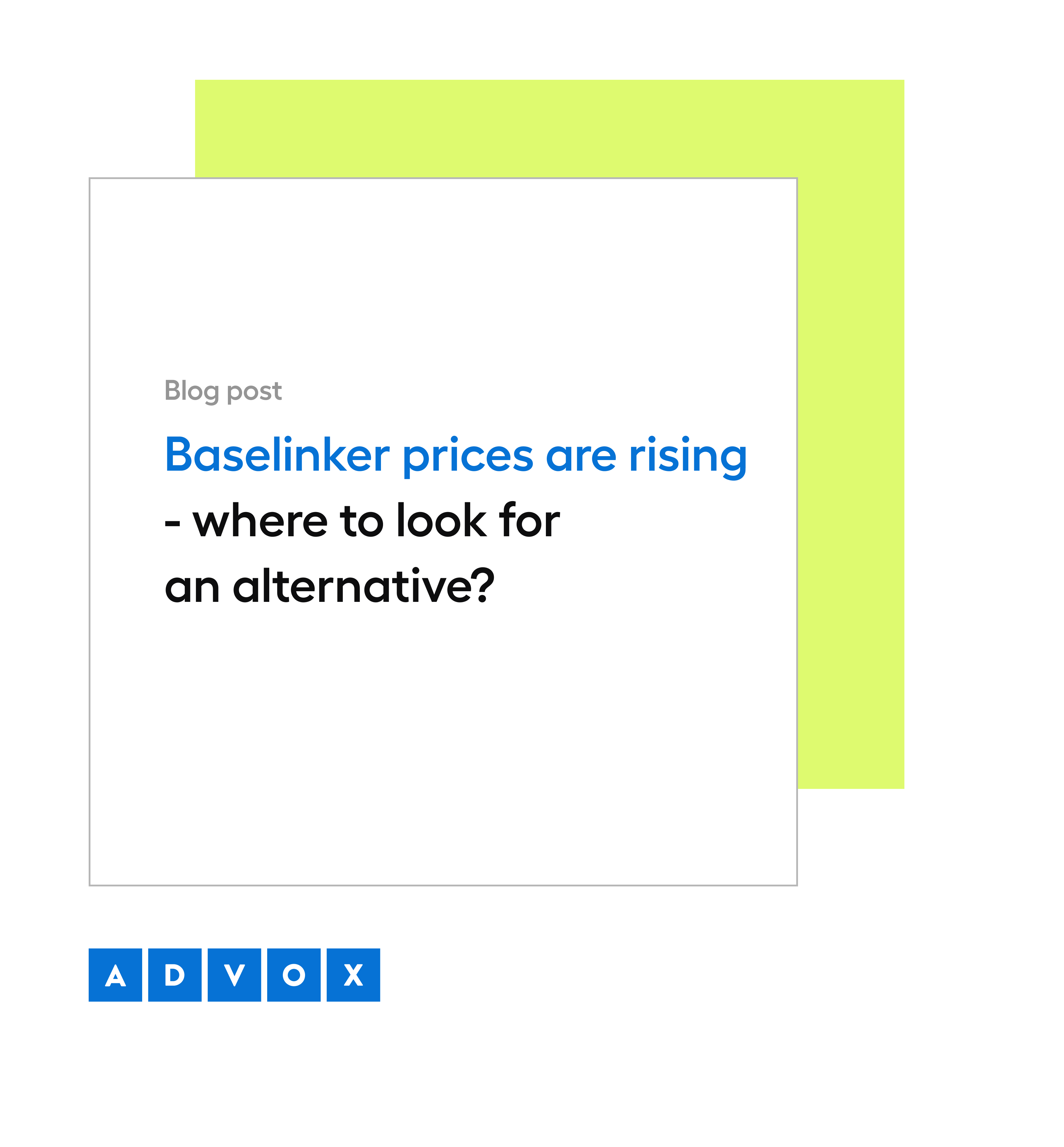Caught in a technological trap: what is vendor lock-in and how to avoid it?
Table of contents:
- What is Vendor Lock-In?
- What causes vendor lock-in?
- In what areas of the store can you face vendor lock-in?
- What risks does vendor lock-in pose to your business?
- How to avoid vendor lock-in?
- Is your online store at risk of vendor lock-in?
Imagine a scenario where an online store has been using a reliable solution for years. It could be a CRM system for managing customer relationships or software for multichannel sales automation. Everything runs smoothly until the tool’s provider suddenly decides to significantly increase prices or introduces functionality changes that no longer align with the business’s needs. This is where the problem begins because replacing such a solution can be:
- time-consuming,
- costly,
- technically complex.
This situation is known as vendor lock-in – a dependency on a single provider for key business operations. Can this be avoided? Yes, but it requires careful planning and strategic decisions when designing your eCommerce infrastructure. In this article, we’ll explain what vendor lock-in is, why it poses a risk to your business, and how you can prevent becoming overly reliant on a single technology provider. With these tips, you’ll gain greater control over your store’s future and avoid costly pitfalls. Read on!
What is Vendor Lock-In?
Vendor lock or vendor lock-in refers to a situation where a software provider makes a client dependent on their services and solutions. This means the offered technology becomes so deeply integrated with the client’s business that switching to another solution is either technically too complex or financially unviable. For many online businesses, particularly in eCommerce, this is a common reality. Online stores often rely on external systems to manage various aspects of their operations or even build their entire sales model on platforms such as Shopify, WooCommerce or PrestaShop.
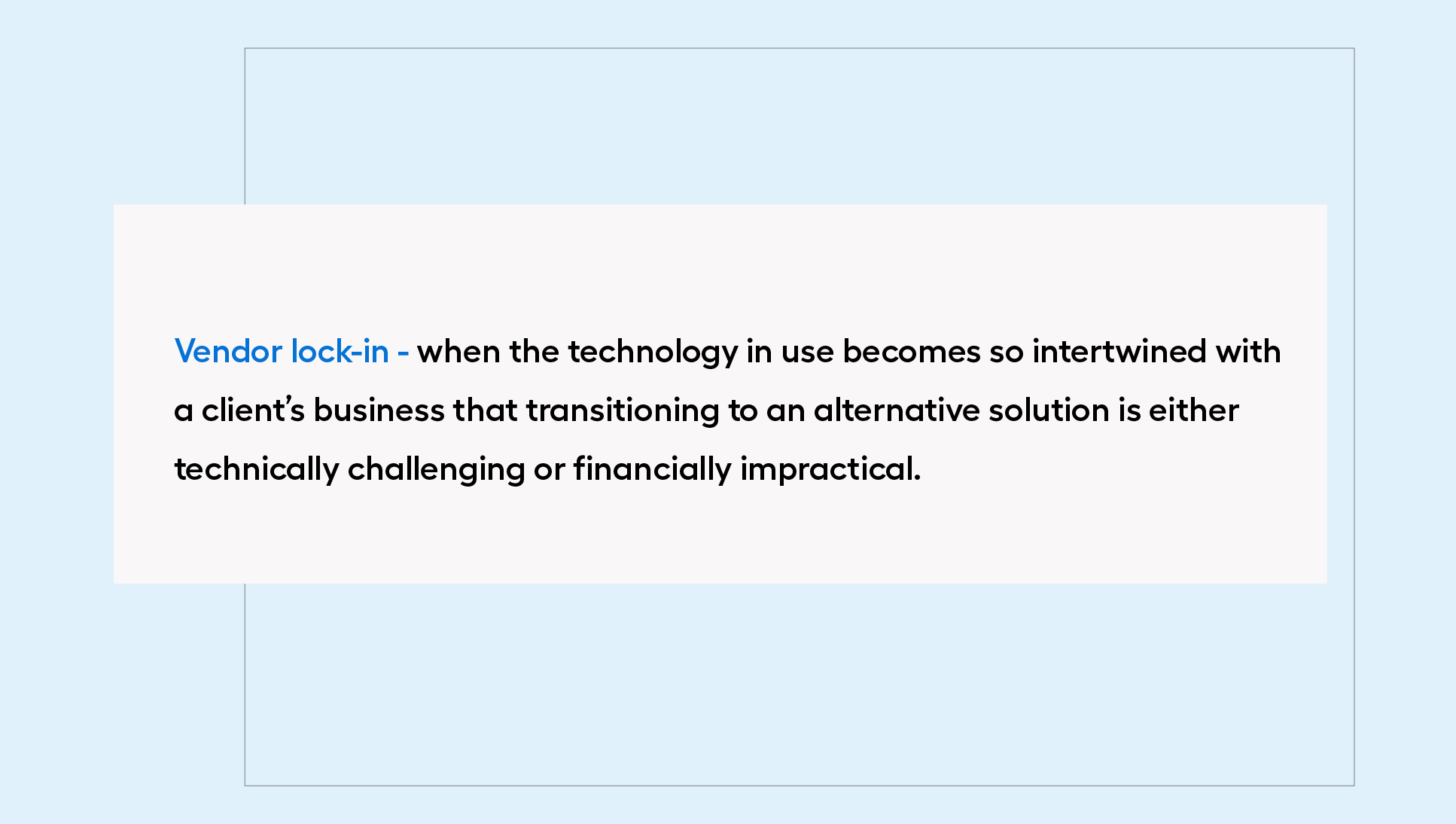
At first glance, vendor lock-in carries a negative connotation. After all, it limits a company’s flexibility for growth or changes in direction, making it dependent on a single provider. In the worst-case scenario, the client is forced to accept the provider’s terms, which can cause frustration and hinder business development. But is vendor lock-in always a trap to be avoided at all costs?
It’s worth looking at vendor lock-in from a broader perspective. While there are downsides to being tied to a single provider, there are also situations where it can be beneficial. For example, during the early stages of business development, partnering with one provider can simplify processes, accelerate the implementation of solutions, and reduce initial investment costs. This is why many businesses opt for SaaS (Software as a Service) solutions, such as tools for process automation, resource management systems, or analytics platforms. In such cases, vendor lock-in becomes an almost natural byproduct of decisions aimed at simplifying operations. The real challenge arises when a company plans to scale its business and suddenly discovers that switching providers is far more complicated than anticipated.
What causes vendor lock-in?
Vendor lock-in can stem from both the provider’s strategy and market conditions. In some cases, it is the result of deliberate actions by a provider who designs solutions in a way that makes integration with other companies’ products difficult. Another reason is the lack of available alternatives on the market. If a technology is unique or offers a significant functional advantage, clients often have no choice but to accept dependency on a single provider. A notable example is BaseLinker, a tool for managing multichannel sales. As the software gained popularity and expanded its offerings, its creators significantly increased pricing—sometimes from 10,000 to 100,000 PLN per month. Although alternatives exist, they often lack the advanced features BaseLinker offers. This leaves businesses facing a difficult choice: remain with the provider and accept higher costs, or switch to less developed software at the expense of losing functionality.
The risk of vendor lock-in also increases over time. As businesses transfer more data and create numerous integrations, the system becomes a critical component of their business ecosystem. Reproducing these complex connections in another system can be not only challenging and time-consuming but also costly.
In what areas of the store can you face vendor lock-in?
Vendor lock-in can occur in many critical areas of online store operations, particularly where external technologies and services are used. This issue becomes especially problematic when integration with a specific provider becomes the foundation of a store's daily operations. Here are the most common examples:
- Automation systems - tools like BaseLinker or Zapier, which support order and process management, can require significant time, effort, and financial resources. This happens when these tools become integral to the store’s infrastructure, seamlessly connecting various systems into one efficient environment.
- External systems - solutions such as accounting, payment, logistics systems, or tools like ERP, CMS, or CRM platforms (e.g., Salesforce) often involve costly and time-intensive integrations.
- Cloud services - Hosting platforms or data storage tools (e.g., AWS, Google Cloud) often lock users into their proprietary formats or technical limitations, making switching difficult.
The most challenging cases occur when an entire sales platform is built on an external SaaS solution (e.g., Shopify or WooCommerce). If such a platform stops meeting business needs, migrating the online store to a more flexible solution - such as an open-source platform like Magento by Adobe - becomes necessary. However, this process involves substantial costs and effort to recreate the store’s complex technological infrastructure.
If your store is geared toward growth, such as expanding into new markets (including international ones), broadening your product range, or implementing highly personalized functionalities, it’s better to start with an open-source platform from the outset. This approach allows for the gradual development of your system as your business grows, helping to avoid vendor lock-in issues and ensuring greater technological independence.
What risks does vendor lock-in pose to your business?
At some point, you chose a solution from an external provider, and for a long time, everything worked seamlessly. However, the rules of the game can change unexpectedly—perhaps you receive a notice of a price increase or the discontinuation of updates. Such changes can turn an initially beneficial solution into a hindrance, slowing growth and negatively affecting your business's stability. The key risks associated with vendor lock-in include:
- Frequent price increases - when a provider realizes that a client is heavily dependent on their solution and switching to an alternative would be difficult or costly, they may repeatedly raise the prices of their services.
- Decline in service quality - with a secure customer base, the provider may feel little incentive to improve or maintain high service standards.
- Changes in functionality - the provider might modify their product in ways that no longer meet your business’s needs, forcing you to adapt to less optimal conditions.
- Stifled growth - dependence on a single provider can limit access to innovative technologies that could drive your business forward.
- Technological debt – the solution may stagnate over time, eventually requiring costly migrations or a complete system overhaul to keep your business competitive.
How to avoid vendor lock-in?
In the eCommerce industry, where market dynamics and customer expectations change at lightning speed, vendor lock-in poses a significant risk. Specifically, it can lead to losing a competitive edge and struggling to adapt to rapidly evolving market demands. So, how can you reduce dependency on a single technology provider and maintain control over your business? Below are some practical tips.
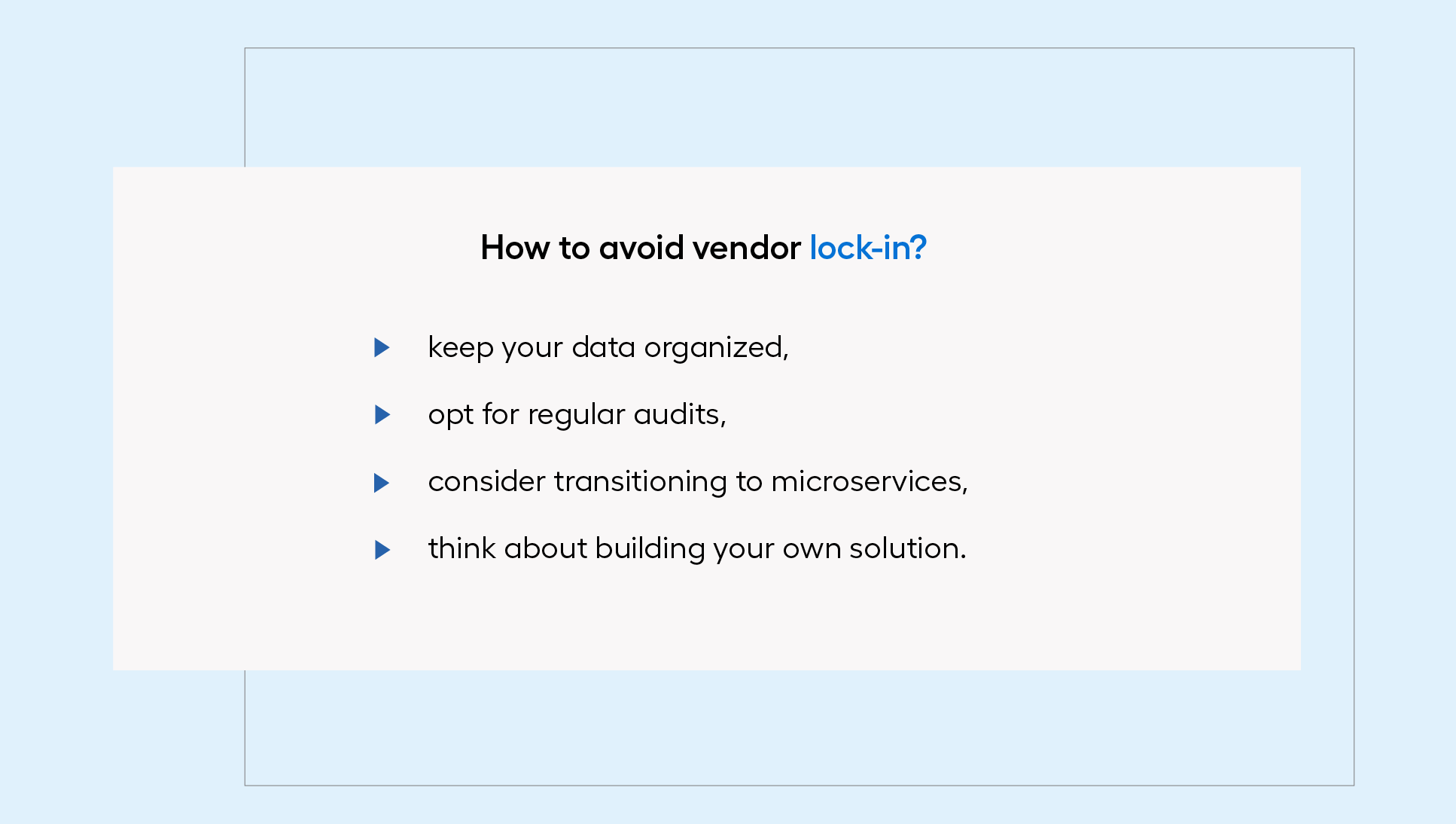
Keep your data organized
Data is one of the most valuable assets for any online store, so it’s essential to store it in a way that allows for easy migration between different environments. Avoid storing data in proprietary formats tied to a single provider. Instead, use universal formats that are compatible with multiple platforms, such as CSV, JSON, or XML.
Keeping your data organized not only facilitates a quick transition to a new provider if needed but also enhances operational efficiency when implementing new solutions or expanding into new markets.
Create regular backups
Backups are the foundation of data security and technological independence. Regularly creating backups stored in a neutral environment is the best way to protect your business from data loss, system failures, or cyberattacks. Ensure your backups cover not just customer and order data but also critical infrastructure elements, such as system configurations and external integrations. Leverage solutions that automate backup creation and enable seamless restoration of data in a new environment. This ensures your store can quickly recover from any disruptions.
Consider transitioning to microservices
Microservices are a modern approach to application development that allows individual functions and components to operate independently of a single monolithic system. This means breaking your application into smaller, autonomous modules that can be developed, deployed, and scaled independently.
For example, in a microservices architecture, each key functionality of your store, such as payments, product management, or order handling, becomes a separate module. This eliminates vendor lock-in risks since individual microservices can operate in different environments and use various technologies as needed. If a provider no longer meets your expectations, you can replace just the relevant microservice without disrupting the entire infrastructure.
Build your own solution
Custom systems give you full control, enable tailored functionality, and eliminate dependency on external providers. While this may require a larger initial budget and time investment, it becomes a long-term asset offering flexibility and growth potential.
You don’t need to create a complex system from scratch right away. Start with the core functionalities crucial to your store, such as product management, order handling, or payment integrations. Then, gradually expand the solution as your business grows. This phased approach helps manage costs effectively and avoids mistakes that often arise from excessive complexity at the start.
Is your online store at risk of vendor lock-in?
Vendor lock-in is a challenge many online store owners only recognize when issues arise. Initially, relying on a single trusted provider seems like the natural choice - it allows you to launch your store quickly, streamline processes, and focus on business growth. However, over time, the lack of alternatives can restrict your flexibility and your ability to adapt to changing market conditions.
That’s why it’s crucial to act proactively and thoughtfully design your store’s technological infrastructure. Vendor lock-in is not just a technical problem but also a strategic risk to your business’s growth. The earlier you implement the right measures, the easier it will be to avoid costly migrations, declining service quality, or restrictions on accessing modern technologies. Need help? Contact us, and we’ll help you choose solutions that won’t limit your potential.
